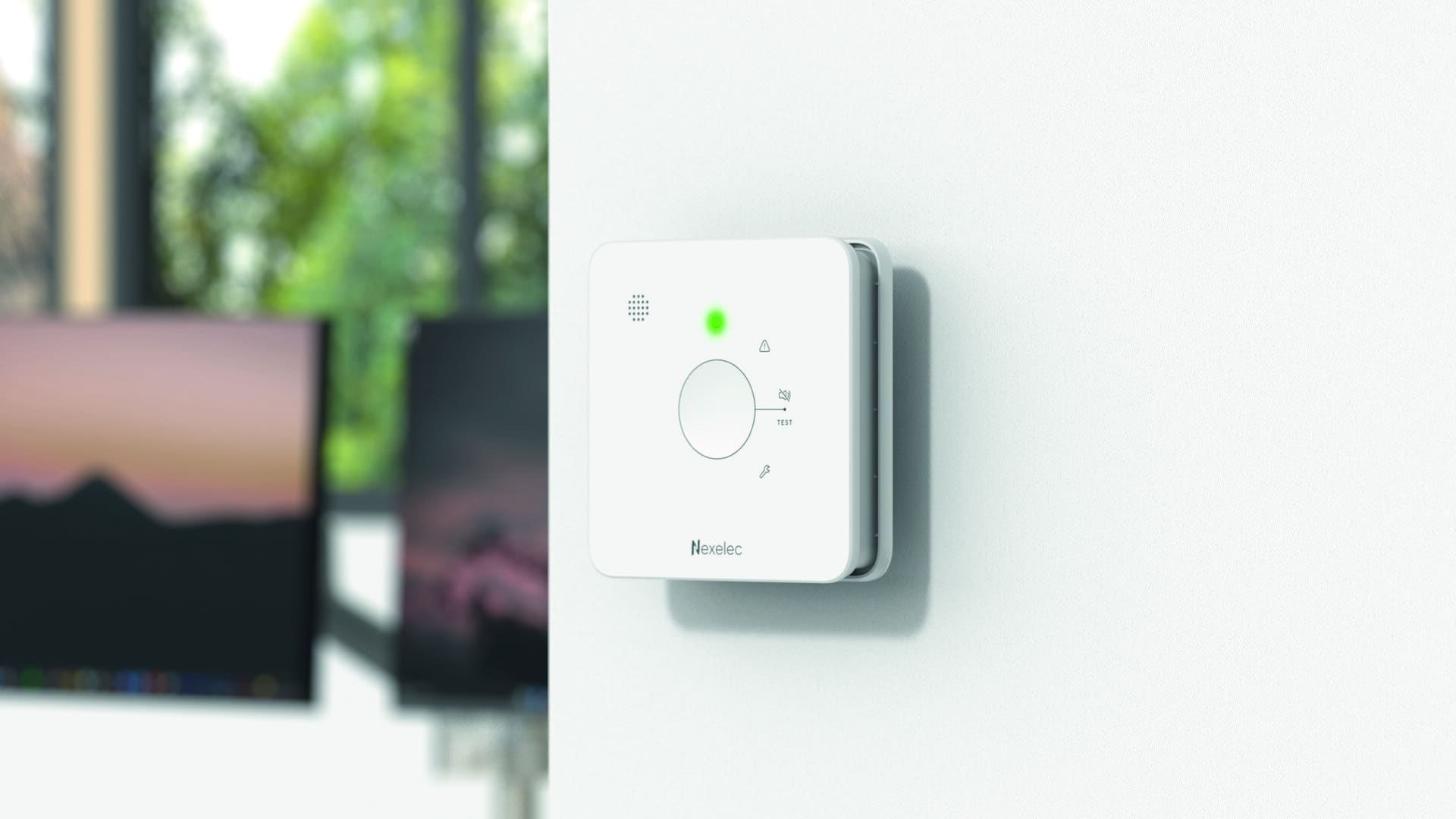Paying particular attention to carbon monoxide detection is essential to ensuring the safety of your home. Carbon monoxide is a highly toxic gas that is fatal in large doses. Odourless and invisible, it is generated by the poor combustion of fossil fuels, often found in appliances such as boilers, heaters or wood-burning systems. To prevent this danger, we strongly recommend that you fit a carbon monoxide detector (CMD), also known as a CO sensor, to your home or room. These detectors measure the concentration of CO in ppm (parts per million) to ensure early detection and guarantee the safety of occupants.

Published on 21 January 2025
INFOGRAPHY - Installation of carbon monoxide detectors
Installation of a carbon monoxide detector
To ensure the safety of your home, we recommend that you install a carbon monoxide detector (CMD). This device will emit a powerful audible signal, warning occupants of the presence of carbon monoxide (CO) in the room, particularly in rooms with a boiler or other fuel-burning appliance. Although it is not compulsory, it is strongly recommended that a CO alarm be installed in every home to limit the risk of poisoning and fire, and to monitor CO concentrations in ppm. If a critical ppm threshold is exceeded, the alarm goes off immediately to ensure the safety of occupants.
The device must bear the CE mark and comply with European standard EN50291-1. These markings show that the detector has passed rigorous safety tests to detect the presence of gas and meet safety requirements. It's important to comply with these standards to ensure optimum protection against the risks of poisoning and fire. Regular maintenance of the detector is essential to ensure long-term operation and reliable detection.
To ensure that your detector is working properly, we recommend testing it once a week. In addition, to maintain its effectiveness, it is advisable to dust the device using the brush attachment of a hoover, especially in high areas, such as the ceiling, where the gas concentrates. If carbon monoxide is detected, for example from a source such as a faulty boiler, the detector's alarm will go off to warn occupants and ensure their safety.
Where to install your carbon monoxide detector?
Carbon monoxide poisoning can have serious or even fatal consequences. However, it is often difficult to detect because there are no visual or olfactory signals. That's why we recommend installing smoke and carbon monoxide detectors in strategic locations for effective protection. If gas is present, the alarm goes off immediately to warn occupants of the imminent risk.
Here are a few tips for installing a detector in your home:
- In every room with a fuel-burning appliance (such as a boiler, wood-burning heater or any other appliance likely to generate gas)
- In the sleeping areas of your home, to ensure optimum detection while you sleep
- Fixed to the wall, at ceiling height, at a distance of at least 1 to 3 metres from any fuel-burning appliances in the home.
Nexelec offers a wide range of carbon monoxide detectors designed to make homes and their occupants safer. What's more, the technology embedded in these detectors can warn occupants of danger. In the event of the presence of carbon monoxide (CO), these devices emit a powerful audible signal to warn occupants of the home and reduce the risk of poisoning.
This news may interest you
Nexelec's news
